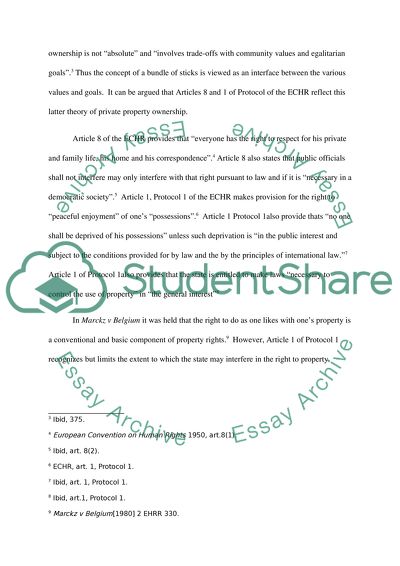Cite this document
(“The Right to Roam: Balancing Private Property and Public Access Essay”, n.d.)
Retrieved from https://studentshare.org/law/1396263-access-to-land-assignment
Retrieved from https://studentshare.org/law/1396263-access-to-land-assignment
(The Right to Roam: Balancing Private Property and Public Access Essay)
https://studentshare.org/law/1396263-access-to-land-assignment.
https://studentshare.org/law/1396263-access-to-land-assignment.
“The Right to Roam: Balancing Private Property and Public Access Essay”, n.d. https://studentshare.org/law/1396263-access-to-land-assignment.


